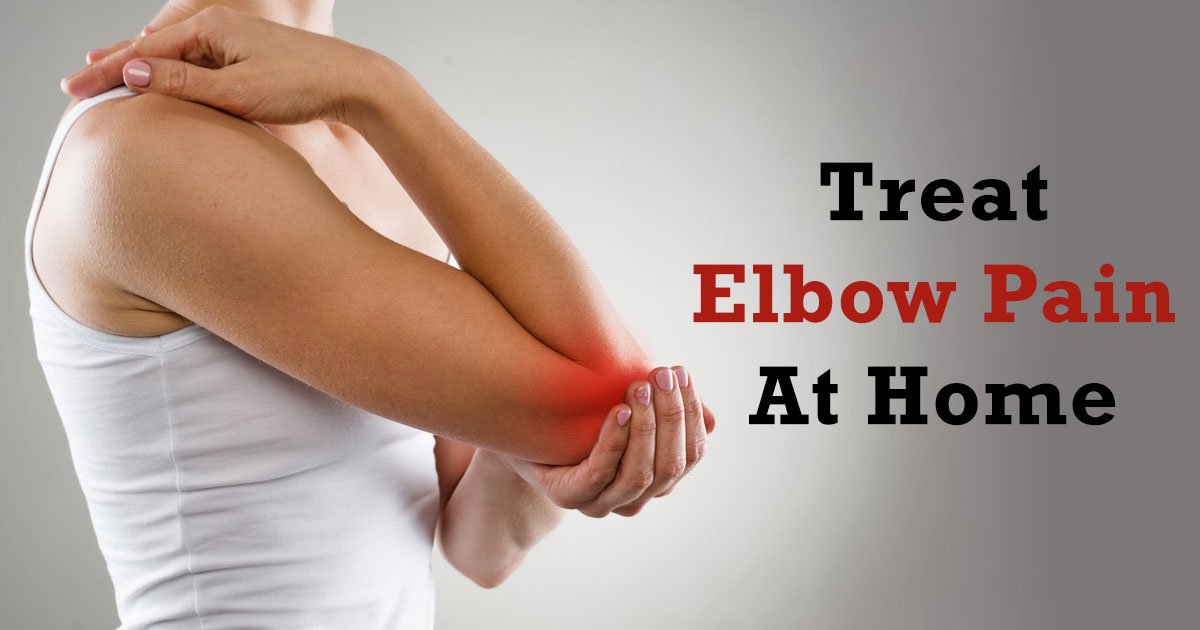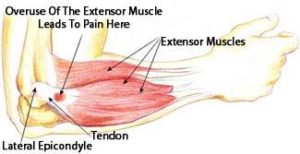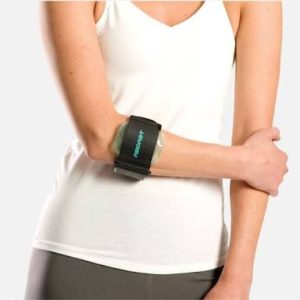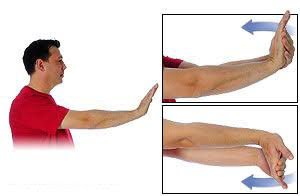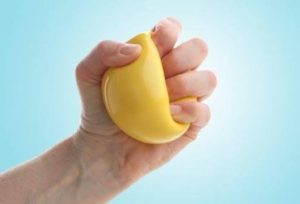In the last few months, I have met 3 ladies in my colony who were suffering from Tennis Elbow. All of them asked me the same question -” Why are we suffering with it when we don’t even play tennis ?” Sounds familiar? Ironically, despite the name, the majority of occurrences of tennis elbow happen as a result of non-sporting-related activities. That means, not only the sports person but the everyday people who are trying to be active and don’t even play a racquet sport, can suffer from it. For some people, this is sports-related, other is work-related and for some, it can even be from recreational activities. In this post, I am going to discuss what exactly the reason behind tennis elbow and how it is treated.
Tennis elbow, medically known as lateral epicondylitis, occurs as a result of overuse of the muscle and tendons within the elbow joint. It is basically a soreness or pain on the outside (lateral) side of the upper arm near the elbow.
It can affect people with jobs or hobbies that involve repetitive twisting movements of the arm, elbow and the wrist.
- Typing
- Painting
- Knitting
- Raking
- Gardners
- Plumbers
- Cooks
It may also be due to the constant computer keyboard and mouse use.
Tennis elbow is most commonly seen in people between 35 to 60, with the peak age being around 45 years of age. There is no major difference in gender.
ALSO READ: Signs And Symptoms Of OSTEOARTHRITIS (OA)
SYMPTOMS OF TENNIS ELBOW
- Elbow pain and stiffness get worse over time.
- Weak grip strength.
- Swelling and tenderness can also be seen.
All these symptoms get worsened with activities that involve repeated forceful jerky movements like wringing washed clothes, using a wrench, tightening a screw and even a vigorous handshake.
TREATMENT
REST
Give rest to your forearm and wrist muscles and stop doing any activity that aggravates your elbow pain and soreness. Depending on the severity, you may have to avoid it for weeks to months.
ICE
Put an ice pack over the particular area for 10-15min. at a time, several times a day. But don’t forget to put a thin towel between the ice and your skin.
BRACE
Your Physio may suggest you wear a strap, splinter or brace around your forearm that will provide support while doing the ADLs( activities of daily living)
NSAIDs (non-steroidal anti-inflammatory drugs): Take over-the-counter pain relievers like ibuprofen or aspirin to reduce pain and inflammation.
ALSO READ: Turmeric Milk (Haldi doodh) Benefits For Health And Beauty
STRETCHING EXERCISES
WRIST FLEXOR STRETCH
Extend your forearm at 90 degrees in front of you with the palm facing up. Bend your wrist, pointing your hand towards the floor. Gently bend your wrist further with the help of another hand until you feel a mild stretching in your forearm. Hold it for 10 seconds. Repeat 2-4 times a day.
WRIST EXTENSOR STRETCH
Repeat all the above steps except that your palm should face down this time.
ALSO READ: Best Stretching Exercises For FROZEN SHOULDER
STRENGTHENING EXERCISE
BALL SQUEEZE
Grip the exercise ball in the affected hand, squeeze it for 10-15 seconds, and then release. Work your way up to holding the squeeze for as long as you can. Do it thrice every other day.
Once the pain dies down, people think they are healed. Unfortunately, that is not the case. Tennis elbow does not usually lead to a serious problem. But if the condition continues and is left untreated, loss of motion or function of the forearm and elbow may develop. So it would be better to consult your nearest Physio as Physiotherapy will be a mainstay of this treatment.
Outside the Physiotherapy, local injection of hydrocortisone relieves pain in the majority of the cases.
Operative treatment is rarely indicated in resistant cases not responding to conservative treatment.
Our master blaster Sachin Tendulkar also suffered from tennis elbow and it took him out of his sport for most of the year in 2003. He recovered and came back strong to the game in 2004.
“TAKE CARE OF YOUR BODY,
IT’S THE ONLY PLACE YOU HAVE TO LIVE.”
